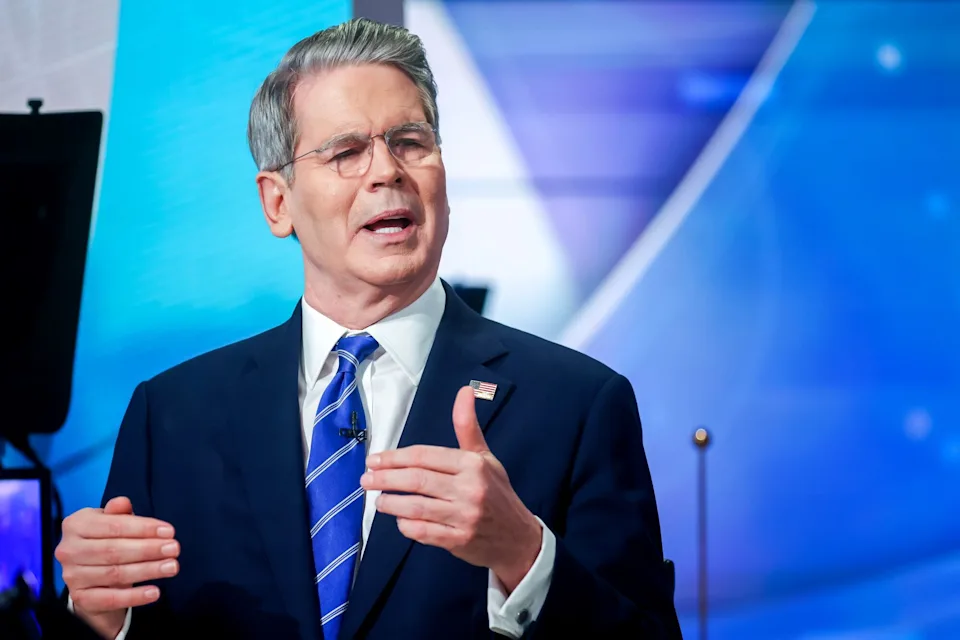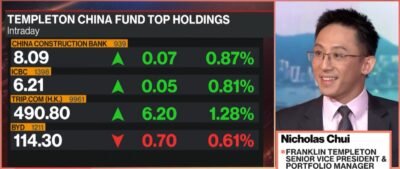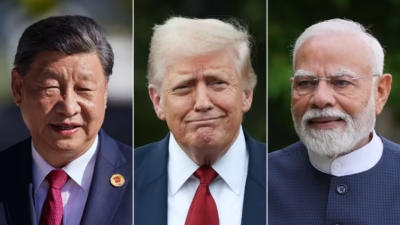(Bloomberg) — US Treasury Secretary Scott Bessent made his most explicit call yet for the Federal Reserve to execute a cycle of interest-rate cuts, suggesting the central bank’s benchmark ought to be at least 1.5 percentage points lower than it is now.
“I think we could go into a series of rate cuts here, starting with a 50 basis point rate cut in September,” Bessent said in a television interview on Wednesday. “If you look at any model” it suggests that “we should probably be 150, 175 basis points lower.”
Fed policymakers kept their benchmark at a target range of 4.25% to 4.5% at their last policy meeting. Bessent reiterated his view that, had officials been aware of the revised data on the labor market that were released two days after that gathering, they might have cut rates. That may have also been the case for the June meeting, he said.
“I suspect we could have had rate cuts in June and July,” Bessent said — alluding to data released by the Bureau of Labor Statistics on Aug. 1 that downwardly revised payroll gains in May and June by 258,000.
Treasury secretaries have typically shied away from making specific calls on Fed rates, and Bessent himself for months has said he would only discuss the central bank’s past policy decisions — not their upcoming ones. President Donald Trump has repeatedly criticized Chair Jerome Powell for refraining from rate cuts this year.
Read more in Businessweek: Scott Bessent on Tariffs, Deficits and Trump’s Economic Plan
Chair Nomination
Powell and many of his colleagues have said they want to see greater evidence about any impact on inflation and inflation expectations from the tariff hikes.
Bessent said that there are 10 or 11 candidates under consideration to succeed Powell when his term as chair concludes in May, without running through the names. He said there are both current Fed officials as well as private-sector individuals on the list.
He also said that he didn’t expect Stephen Miran, whom Trump has nominated to fill the existing opening on the Fed board, to stay at the central bank past January, when that term concludes.













